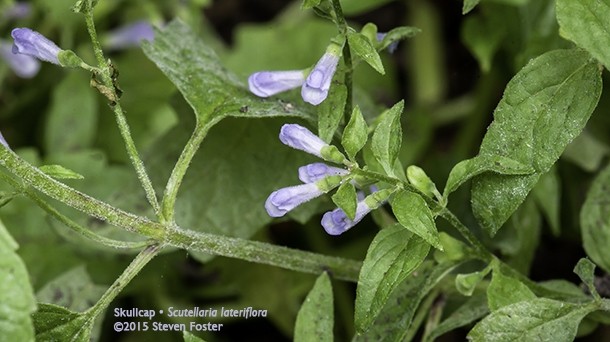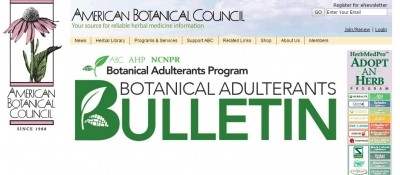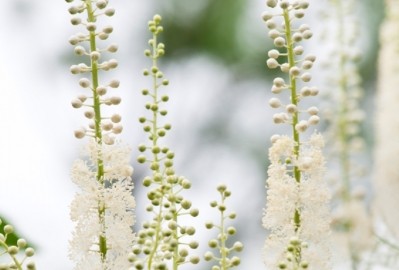ABC releases lab guidance document on skullcap showing best methods to detect adulteration

“This is a second stage of our adulterants program. The first stage has been calling attention to the problem with speeches, interviews and publications. So we have educated the industry on the prevalence of adulteration,” Mark Blumenthal, executive director of ABC told NutraIngredients-USA.
“Secondly, now we are bringing resources to bear to help remedy the situation. We are giving people reviews and assessments of all of the publicly available lab methods for each specific herb we have identified as being commonly adulterated,” he said.
Risk of hepatotoxicity
The program is formally known as the ABC-AHP-NCNPR Botanical Adulterants Program to acknowledge the other participants: the American Herbal Pharmacopoeia and the National Center for Natural Products Research at the University of Mississippi. At the moment more than 130 American and international companies and organizations underwrite the program, which is an international consortium of nonprofit organizations, analytical laboratories, industry members, professional scientists, and others that advises industry, researchers, health professionals, and the public about the various challenges related to adulterated herb and botanical ingredients sold in commerce.
Blumenthal said skullcap (Scutellaria lateriflora) was the first herb chosen for the second phase of the program for several reasons. In the past year ABC hired its first Chief Scientific Officer, Stefan Gafner, PhD who among other things is an expert in skullcap, making this first free and publicly available lab document a little easier to launch. Second, and most important, the common adulterant for this herb are germander species(Teucrium chamaedrys and T. canadense) which have been shown to be potentially hepatotoxic.
Moving target
Blumenthal said that official compendial methods (e.g., those published in the United States Pharmacopeia or the European Pharmacopoeia) exist for the authentication of many botanical materials, but such methods can be outdated for materials that may be adulterated in ways not conceived at the time of the development of officially recognized analytical methods, or may not be applicable to ingredients made using a specific manufacturing process. Additionally, unscrupulous ingredient suppliers driven by short-term financial gains have become more creative in finding ways to deceive a potential buyer’s analysts, making the proper detection of adulterants a potentially daunting, time-consuming, and increasingly challenging task. Without an up-to-date reference such as the new lab reference guides will provide, a quality control executive might in ignorance choose a test that is no longer fit for purpose, Blumenthal said.
“It’s a moving target,” Blumenthal said. “New adulterants will appear on the scene, new techniques will be published and we will keep up with that. Even officially recognized methods in official pharmacopoeias can be old enough to not be adequate to deal with adulteration as it is going on in today’s market.”
In developing the skullcap document, Blumenthal said ABC went through as many as 23 different testing methods for the herb. These were submitted to dozens of peer reviewers to evaluate the methods based on accuracy, difficulty and cost.
“We analyze the methods on their ability to detect known adulterants and based on the quality of information they yield, the time it takes and costs involved. We have a table that shows the various methods, so people in the lab can go through that table and determine which ones are fit for purpose. We don’t make recommendations, but we do give information,” Blumenthal said.
Laboratory guidance documents on bilberry and black cohosh will follow in 2015, Blumenthal said. To register to see the skullcap LGD, click here.
















